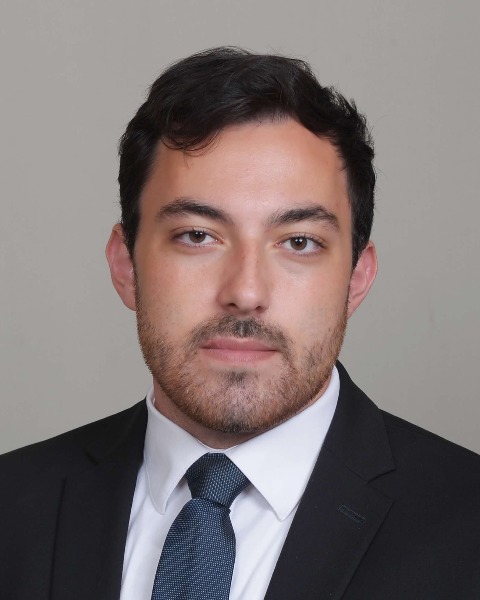Trauma
Predictors of Occipito-Cervical Fusion and Halo Immobilization in the Setting of Type 3 Occipital Condyle Fractures
Friday, February 21, 2025

Matthew Kreinbrink, B.S
Medical Student
University of Maryland School of Medicine
Presenting Author(s)
Disclosure(s):
Matthew Kreinbrink, B.S: No financial relationships to disclose
Introduction: Occipital condyle fractures (OCFs) often occur in the setting of multi-trauma, with reported prevalence rates ranging from 4% to 16%. Approximately 23% of OCFs are type III, a subtype with potential instability due to disruption of the alar ligament insertion site. Current management strategies include hard collar immobilization, Halo immobilization, and occipital-cervical fusion. This study assessed predictors of treatment selection and outcomes of patients managed conservatively.
Methods: A retrospective analysis of type III OCF was performed over an 8-year period (2016-2024) at a single Level 1 Trauma Center. Imaging studies were screened to verify diagnosis of type III OCF. Demographic, clinical, surgical, and radiographic data were collected. Univariate and multivariate analyses were performed to assess for significant associations with treatment selection.
Results: One-hundred-twenty-five patients with confirmed type III OCF were identified. One-hundred-seven patients (85.6%) were managed with collar only, including ten patients with evidence of direct alar ligament injury. High energy injury mechanism (p < 0.001), bilateral Type III OCF (p < 0.001), direct alar ligament injury (p < 0.001), and additional fracture or dissociation between C0-C1-C2 (p = 0.03) were associated with occipital-cervical fusion surgery or halo immobilization. Admission GCS was a significant predictor for conservative versus more invasive treatment (OR 1.28 [95% CI 1.13–1.46]). Six patients underwent occipital-cervical fusion. Indication for surgery was AOD in three patients, AOD and AAD in one patient, and AOD and AAD with spinal cord injury in two patients. Two patients underwent Halo immobilization, and the primary indication in each was AOD. Among patients managed with collar only, there were no cases of worsening C0- C1 subluxation/subsidence on CT at 6-week follow-up (65.6%), and none with follow-up had occipital-cervical fusion surgery at 6 or 12 months.
Conclusion : There was a significant association between admission GCS and management strategy for Type III OCF. No patient treated with collar only had delayed occipital-cervical fusion. Patients who were treated with occipital-cervical fusion or Halo immobilization had additional injuries between C0-C1-C2. Direct injury to the alar ligament itself in the setting of Type III OCF did not preclude successful treatment with collar only.

.jpg)